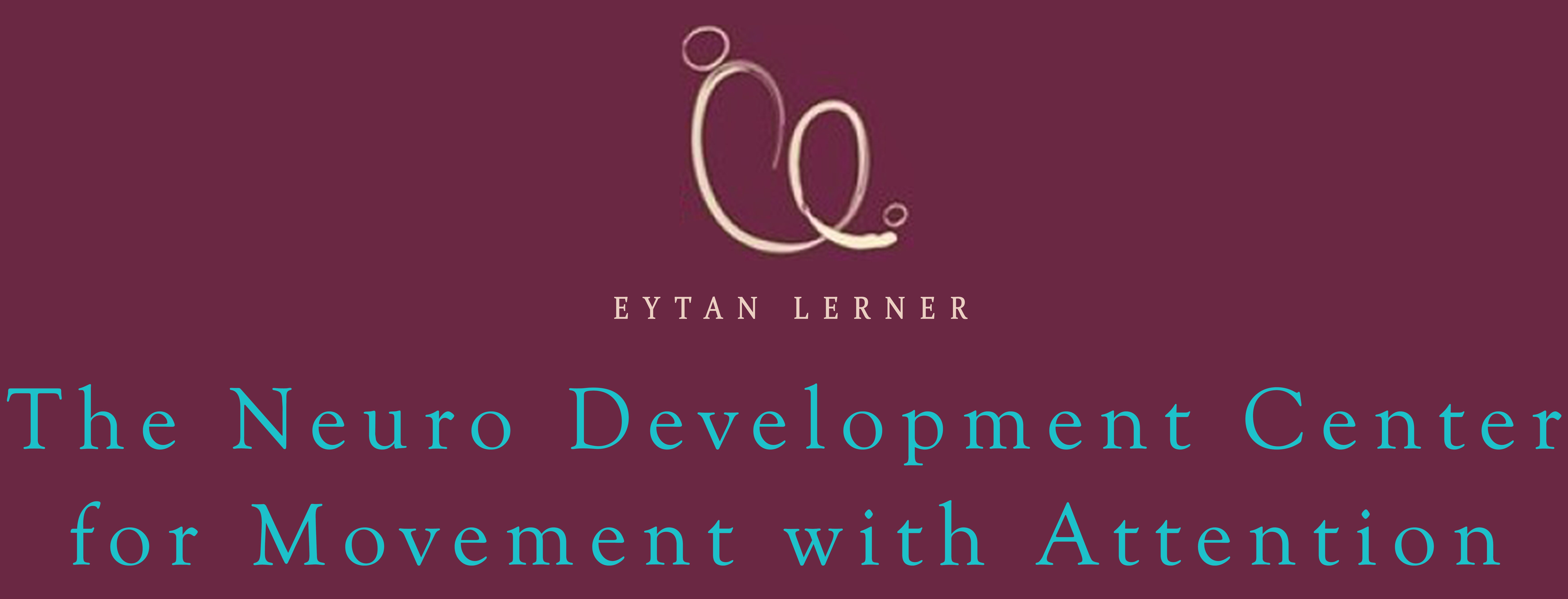Update Chrome Browser
Putting Babies to Sleep on Their Stomachs
Nowadays, in light of the fear of Sudden Infant Death Syndrom (SDIS), parents are advised not to put babies to sleep on their stomach. This reasonable recommendation, however, has led physicians and professionals to encourage parents to give babies substantial “tummy time” during wake hours in order to strengthen the baby’s shoulders and head.
From a “mechanical” point of view, focusing on the muscles both locally and statically, this seems like a reasonable instruction to give to parents. Yet, in what follows, I wish to offer a different perspective which regards such interventions as intrusions which, eventually, disrupt the harmonious sensory and motor systems of the child, damaging what can only be described as a significant natural learning process.
The fetus floats in the embryonic fluid, randomly moving his/her limbs backwards and forwards. Once born, the infant continues to make similar movements – with the exception that these movements are now governed by gravity. While adjusting to gravity, the baby faces new challenges. As the baby first lies on his/her back, the brain sends random neural pulses, causing the baby’s limbs to move freely and uncoordinatedly in every direction. These spastic-like movements are essential to the development of the baby’s brain and movement: neural pulsations, that lead the baby to randomly move his/her limbs, eventually create neural pathways which, later on, will enable the baby to control his/her movements. Lying on his/her back (while additionally being held by the parents as much as possible), these early movements allow the baby to become familiar with his/her body; one can easily observe how the baby accidently pushes the floor with one leg – an accidental movement which allows the baby to arch his/her back. Furthermore, when these movements are accompanied by the turning of the baby’s relatively heavy head—observing a shadow, a toy or the face of a parent—baby learns how to use the Erector Spinae muscles in coordination with the Flexor muscles, in preparation for rolling over. These initial “chaotic” movements, therefore, holds the key to the advanced ability to lift the chest and head as the baby lies on his/her tummy, later on.
When we prematurely lay a baby on his tummy, we deprive him/her the possibility to naturally find the way into such position. Instead of a learning process that teaches the baby how to turn random movements into deliberate and controlled movement, we force the premature baby to find solutions with great effort and with no real gain: the brain’s neural pulses are blocked since the limbs can no longer move freely. Bending forwards is yet another movement which becomes impossible since the back is no longer free to arch forward; since the baby cannot yet use the Erector Spinae muscles, lifting the head is a laborious task; the head cannot therefore roll freely, and, since it is the head and the eyes which navigate the movement of the torso, the torso cannot move properly. An additional element is that while lying on his/her tummy, the baby’s panic reflex—which contracts the chest and stomach Flexor muscles—is active. Since the baby needs these muscles to relax, in order to lift the chest and head, it follows that, when posited on his/her tummy prematurely, the baby will struggle to lift his/her chest and head.
My work with babies with developmental delay and/or special needs has made me realize how often such instruction is given to parents. Out of sheer misunderstanding of the learning-through-movement process, such instructions further problematize an already complex situation for children who are diagnosed with Hypotonia or Torticollis. To parents who seek my advice I recommend to search ways for supporting the developmental progression of their child, without influencing it by laying the baby on his/her tummy, helping the child to sit or stand. Soon, these parents indeed discover that the child’s development rapids and, often, the baby overcomes and even compensates this developmental delay rather quickly.
Allowing the baby to discover his/her movements will enable the baby to find the way. While this “way” might appear coincidental, at first, the baby will soon be able to roll over to his/her tummy and master these movements, without his parents having to artificially strengthen his/her shoulders. Each milestone in the baby’s development is already incorporated within; future functionality and movements are imbedded already in the simplest movements of the fetus.
Both the Feldenkraise and the Anat Baniel methods, which follow human development from its early stages to adulthood, allow a deeper understanding of learning and developmental processes. Through touch, these methods create the appropriate sensorial-movement conditions which stimulate the nerve system, thus supporting its cultivation.




